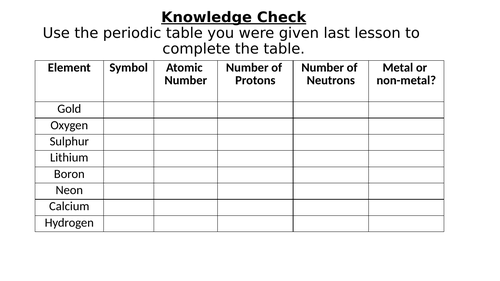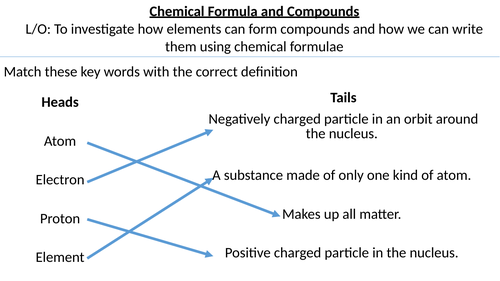Shop
All lessons posted are full lessons, which include all necessary worksheets and sources. All lessons posted have been tried and tested in the classroom. All schemes of work are available as a pack or individually, check out the free lessons to get an idea about the types of sources and activities included in other lessons.








